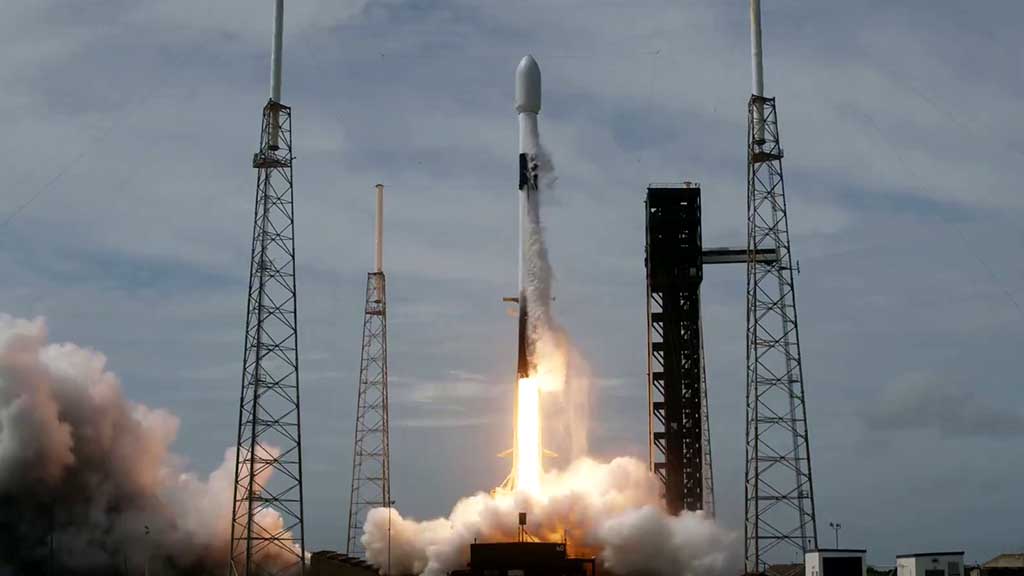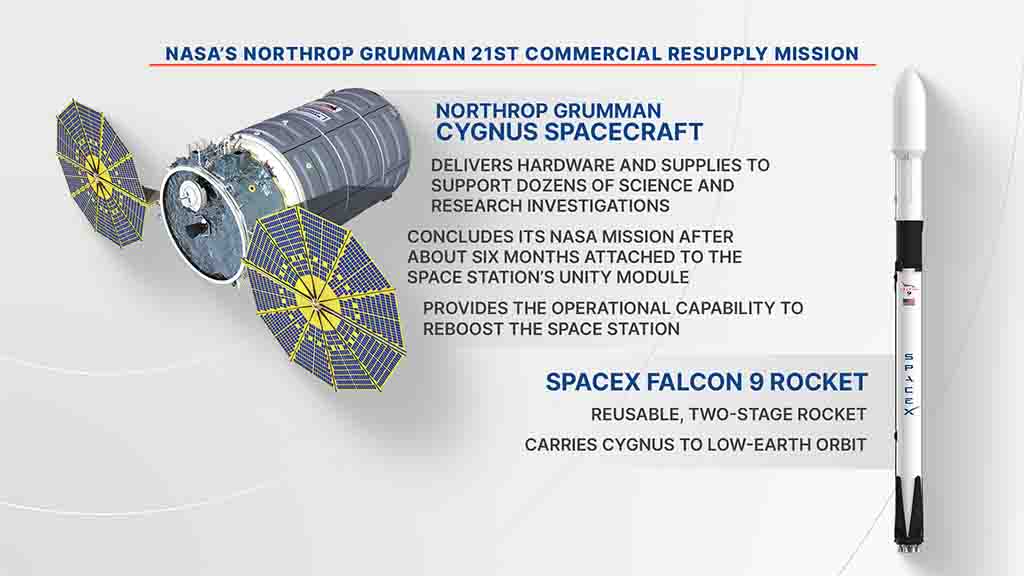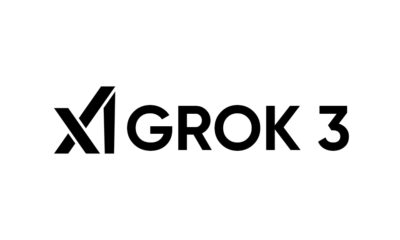SpaceX
SpaceX launches Northrop Grumman’s Cygnus NG-21 spacecraft

SpaceX has launched Northrop Grumman’s 21st Cygnus mission (NG-21) to the International Space Station using the Falcon 9 reusable rocket.
The liftoff took place from Space Launch Complex 40 (SLC-40) at Cape Canaveral Space Force Station in Florida. Initially, the launch was planned for August 3 but was delayed to the reserved day due to bad weather.
Liftoff of Falcon 9 and Cygnus! pic.twitter.com/zLq45t41pw
— SpaceX (@SpaceX) August 4, 2024
The Cygnus spacecraft is carrying more than 8,200 pounds of supplies and SpaceX confirmed that it using a custom-designed fairing for this payload. It has a built-in 5×4 door to support late cargo loads onto Cygnus by a mobile cleanroom.
The supplies include hardware, and critical materials to support dozens of scientific and research investigations during Expeditions 71 and 72.

SpaceX Falcon 9 Liftoff with Grumman’s 21st Cygnus mission (NG-21) Source – NASA
These investigations include water recovery technology and produce blood and immune stem cells in microgravity. Furthermore, the mission will conduct studies of the effects of spaceflight on engineered liver tissue and microorganism DNA and live science demonstrations for students.
Details show that the water recovery series investigates how gravity affects two-phase flow or simultaneous movement of gas and liquid through porous media. Teams will also research eight different test articles showing components found in the space station’s water processor or urine processor to understand two-phase flows for both liquid and gas in microgravity.
Results found with these tests will help scientists learn and improve technologies for missions for the Moon and Mars. Visuals shared by SpaceX confirmed that the launch was successful and the spacecraft is en route to the in-orbit laboratory.
Cygnus separation confirmed pic.twitter.com/0Z3WF03nGx
— SpaceX (@SpaceX) August 4, 2024
Based on the details shared by NASA, the Cygnus will reach Space Station on Monday, August 5.
Once arrived, NASA astronaut Matthew Dominick will capture Cygnus with a robotic arm. Then, the spacecraft will be installed on the Unity module’s Earth-facing port. There, it will stay for about six months and command a departure in January 2025.
(source – SpaceX)












